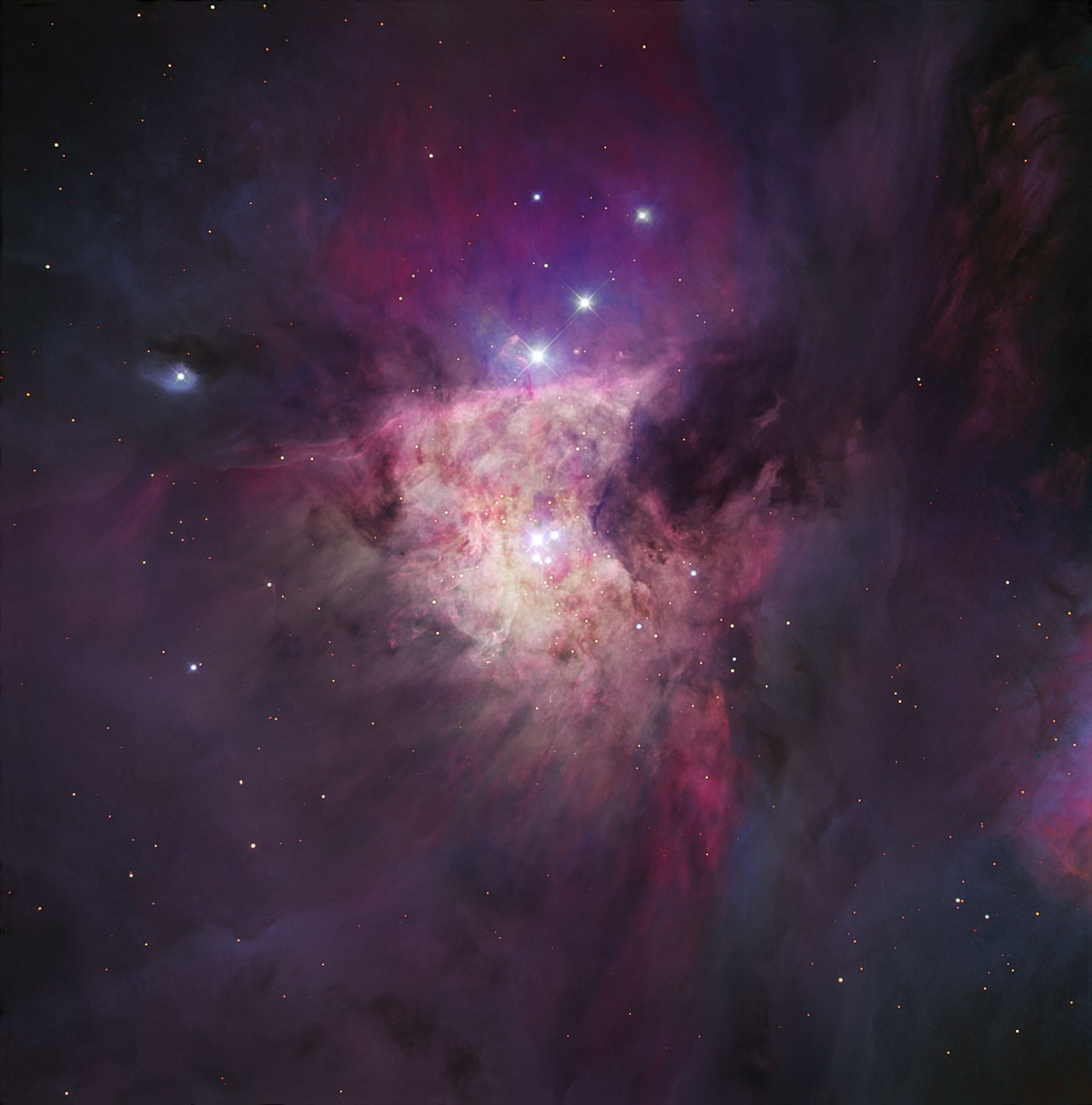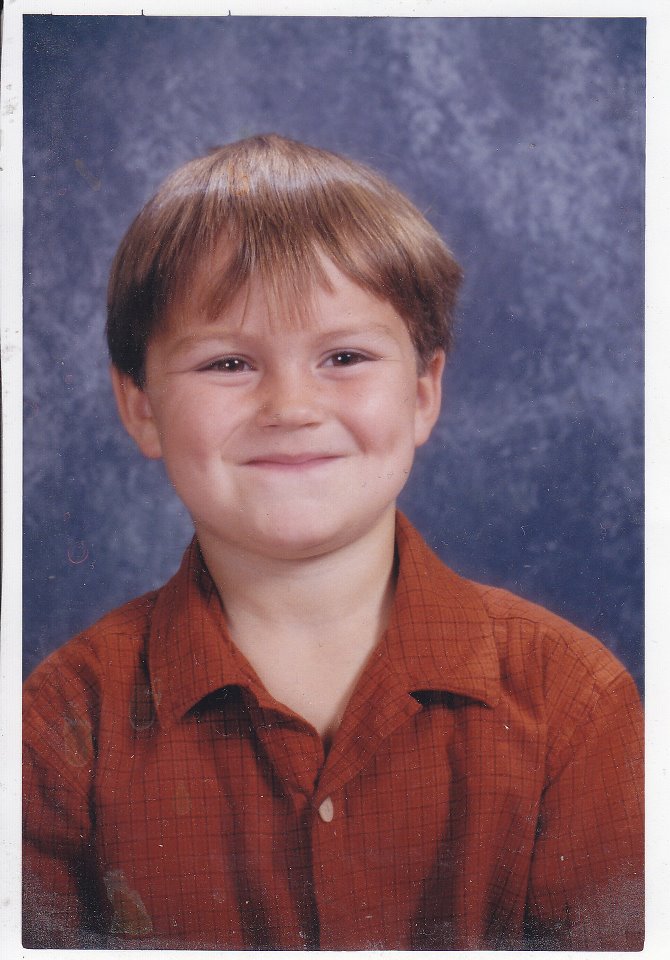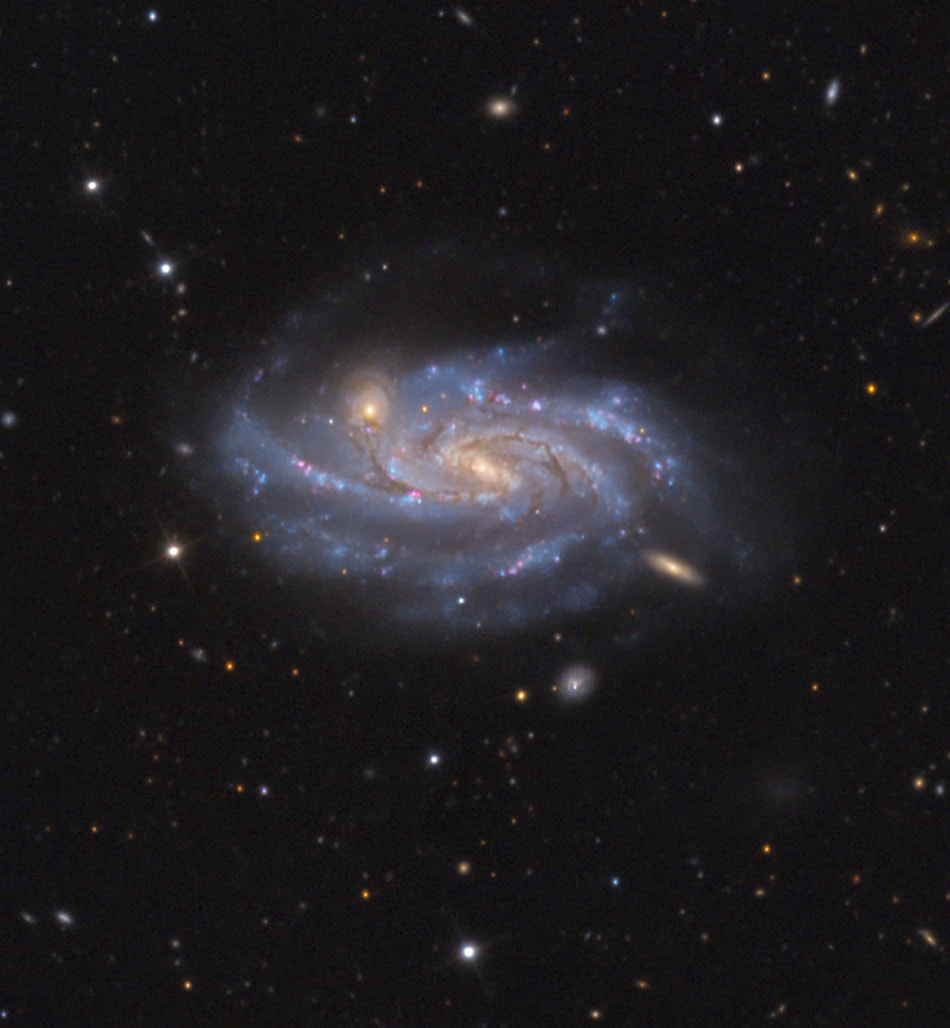Blog
Beryl Booker (June 7, 1922 – September 30, 1978) was an American swing pianist of the 1950s. She was born in Philadelphia.
She played with Slam Stewart‘s trio in 1946, and played off and on with him until 1951. She also played accompaniment for Dinah Washington. In 1951 she became part of the newly formed Austin Powell Quintet (consisting of former Cats and the Fiddle members Doris Knighton, Johnny Davis and Stanley Gaines, and also Dottie Smith) which recorded one Decca single entitled “All This Can’t Be True” before disbanding.
In early 1952, Booker led a quintet which played Birdland, featuring Don Elliot, Chuck Wayne, Clyde Lombardi and Connie Kay. Recordings with Miles Davis sitting in on the group have been preserved. In 1953, she formed her own trio with Bonnie Wetzel and Elaine Leighton. This group toured Europe in 1954 as part of a show entitled “Jazz Club USA”, which featured Billie Holiday. After another stint with Dinah Washington in 1959, she slipped into obscurity.
more...Harold Floyd “Tina” Brooks (June 7, 1932 – August 13, 1974) was an American hard bop, blues, and funk tenor saxophonist and composer.
Harold Floyd Brooks was born in Fayetteville, North Carolina, and was the brother of David “Bubba” Brooks. The nickname “Tina”, pronounced Teena, was a variation of “Teeny”, a childhood moniker. His favourite tune was “My Devotion”. He studied harmony and theory with Herbert Bourne. Initially, he studied the C-melody saxophone, which he began playing shortly after he moved to New York with his family in 1944. Brooks’ first professional work came in 1951 with rhythm and blues pianist Sonny Thompson, and in 1955 Brooks played with vibraphonist Lionel Hampton. Brooks also received less formal guidance from trumpeter and composer “Little” Benny Harris, who led the saxophonist to his first recording as a leader. Harris, in fact, was the one who recommended him to Blue Note producer Alfred Lion in 1958.
Brooks is best known for his work for the Blue Note label between 1958 and 1961, recording as a sideman with Kenny Burrell, Freddie Hubbard, Jackie McLean, Freddie Redd, and Jimmy Smith. Around the same period, Brooks was McLean’s understudy in The Connection, a play by Jack Gelber with music by Redd, and performed on an album of music from the play on Felsted Records, a session which also featured Howard McGhee.Brooks did not record after 1961. Plagued by heroin dependency, and gradually deteriorating health, he died of liver failure aged 42.
more...
Talmage Holt Farlow (June 7, 1921 – July 25, 1998) was an American jazz guitarist. He was nicknamed “Octopus” because of how his large, quick hands spread over the fretboard. As Steve Rochinski notes, “Of all the guitarists to emerge in the first generation after Charlie Christian, Tal Farlow, more than any other, has been able to move beyond the rhythmic, melodic, and harmonic vocabulary associated with the early electric guitar master. Tal’s incredible speed, long, weaving lines, rhythmic excitement, highly developed harmonic sense, and enormous reach (both physical and musical) have enabled him to create a style that clearly stands apart from the rest.” Where guitarists of his day combined rhythmic chords with linear melodies, Farlow placed single notes together in clusters, varying between harmonically enriched tones. As music critic Stuart Nicholson put it, “In terms of guitar prowess, it was the equivalent of Roger Bannister breaking the four-minute mile.”
Talmage Holt Farlow was born in Greensboro, North Carolina, in 1921. He taught himself how to play guitar, which he started when he was twenty-two years old. He learned chord melodies by playing a mandolin tuned like a ukulele. He said playing the ukulele was the reason he used the higher four strings on the guitar for the melody and chord structure, with the two bottom strings for bass counterpoint, which he played with his thumb. His only professional training was as an apprentice sign painter. He requested the night shift so he could listen to big band standards on the shop radio. He listened to Bix Beiderbecke, Louis Armstrong, and Eddie Lang. His career was influenced by hearing Charlie Christian playing electric guitar with the Benny Goodman band. He said he made his own electric guitar because he couldn’t afford one.
more...The Orion Nebula is arguably the finest of all nebulae within the Milky Way visible from the Northern Hemisphere. With a gaseous repository of 10,000 suns, and illuminated by a cluster of hot young stars, the clouds of Messier 42 — as it is also known — glow with fantastic colours and shapes, giving us a bird’s eye view of one of the greatest star forming nurseries in our part of the Milky Way. Messier 42 is a complex of glowing gas, mostly hydrogen but also helium, carbon, nitrogen, and oxygen in decreasing amounts, located 1,500 light-years away. At its very heart, we find the Trapezium, a group of four very hot stars that illuminate the nebula. They are the brightest of an extended cluster of several thousand young stars many of which lie unseen within the opaque gas and dust. Amazingly, whilst the Orion Nebula is easy to identify with the unaided eye, there is apparently no written record of its existence before the 17th century. This image is based on data acquired with the 1.5 m Danish telescope at the ESO La Silla Observatory in Chile, through three filters (B: 60 s, V: 30 s, R: 21 s). East is at the upper right corner and North is at the lower right.

Montgomery Bernard “Monty” Alexander (born 6 June 1944) is a Jamaican jazz pianist. His playing has a Caribbean influence and bright swinging feeling, with a strong vocabulary of bebop jazz and blues rooted melodies. He was influenced by Louis Armstrong, Duke Ellington, Nat King Cole, Oscar Peterson, and Frank Sinatra. Alexander also sings and plays the melodica. He is known for his surprising musical twists, bright rhythmic sense, and intense dramatic musical climaxes. Monty’s recording career has covered many of the well known American songbook standards, jazz standards, pop hits, and Jamaican songs from his original homeland. Alexander has resided in New York City for many years and performs frequently throughout the world at jazz festivals and clubs.
Alexander was born on 6 June 1944 in Kingston, Jamaica. He discovered the piano when he was four years old and seemed to have a knack for picking melodies out by ear. His mother sent him to classical music lessons at the age of six and he became interested in jazz piano at the age of 14. He began playing in clubs, and on recording sessions by Clue J & His Blues Blasters, subbing for Aubrey Adams, whom he describes as his hero, when he was unable to play. Two years later, he directed a dance orchestra (Monty and the Cyclones) and played in the local clubs covering much of the 1960s early rock and pop dance hits. Performances at the Carib Theater in Jamaica by Louis Armstrong and Nat King Cole left a strong impression on the young pianist.
more...Grant Green (June 6, 1935 – January 31, 1979) was an American jazz guitarist and composer.
Recording prolifically for Blue Note Records as both leader and sideman, Green performed in the hard bop, soul jazz, bebop, and Latin-tinged idioms throughout his career. Critics Michael Erlewine and Ron Wynn write, “A severely underrated player during his lifetime, Grant Green is one of the great unsung heroes of jazz guitar … Green’s playing is immediately recognizable – perhaps more than any other guitarist.” Critic Dave Hunter described his sound as “lithe, loose, slightly bluesy and righteously groovy”. He often performed in an organ trio, a small group with an organ and drummer.
Apart from guitarist Charlie Christian, Green’s primary influences were saxophonists, particularly Charlie Parker, and his approach was therefore almost exclusively linear rather than chordal. He thus rarely played rhythm guitar except as a sideman on albums led by other musicians. The simplicity and immediacy of Green’s playing, which tended to avoid chromaticism, derived from his early work playing rhythm and blues and, although he achieved a synthesis of this style with bop, he was a skilled blues and funk guitarist and returned to this style in his later career.
Grant Green was born on June 6, 1935 in St. Louis, Missouri to John and Martha Green. His father was at various times a laborer and a Saint Louis policeman. Green first performed in a professional setting at the age of 13 as a member of a gospel music ensemble. His influences were Charlie Christian, Charlie Parker, Lester Young, and Jimmy Raney, he first played boogie-woogie before moving on to jazz. His first recordings in St. Louis were with tenor saxophonist Jimmy Forrest for the United label, where Green played alongside drummer Elvin Jones. Green recorded with Jones for several albums in the mid-1960s. In 1959, Lou Donaldson discovered Green playing in a bar in St. Louis hired him for his touring band. Green moved to New York at some point during 1959–60.
more...James Melvin Lunceford (June 6, 1902 – July 12, 1947) was an American jazz alto saxophonist and bandleader in the swing era. Lunceford was born on a farm in the Evergreen community, west of the Tombigbee River, near Fulton, Mississippi. The 53-acre (21 ha) farm was owned by his father, James. His mother was Idella (“Ida”) Shumpert of Oklahoma City, an organist of “more than average ability”. Seven months after James Melvin was born, the family moved to Oklahoma City. The family next moved to Denver where Lunceford went to high school and studied music under Wilberforce J. Whiteman, father of Paul Whiteman, whose band was soon to acquire a national reputation. As a child in Denver, he learned several instruments. After high school, Lunceford continued his studies at Fisk University. In 1922, he played alto saxophone in a local band led by the violinist George Morrison which included Andy Kirk, another musician destined for fame as a bandleader.
In 1927, while an athletic instructor at Manassas High School in Memphis, Tennessee, Lunceford organized a student band, the Chickasaw Syncopators, whose name was changed to the Jimmie Lunceford Orchestra. Under the new name, the band started its professional career in 1929, and made its first recordings in 1930. Lunceford was the first public high school band director in Memphis.
After a period of touring, in 1934 the band accepted a booking at the Harlem nightclub The Cotton Club for their revue “Cotton Club Parade” starring Adelaide Hall. The Cotton Club had already featured Duke Ellington and Cab Calloway, who won their first widespread fame from their inventive shows for the Cotton Club’s all-white patrons. With their tight musicianship and the often outrageous humor in their music and lyrics, Lunceford’s orchestra made an ideal band for the club, and Lunceford’s reputation began to steadily grow.
more...Diegos Memorial @ 3932 Cedar Ave So in Minneapolis. born 9-23-1995 died 6-5-2002 Please visit Diegos web site today https://www.diego-labriola.virtual-memorials.com or visit the Memorial Site. Maybe just think of him for a moment on this day. You can also hear his voice on “Songs for Diego, I’m Missing You” sound scape recordings on YouTube.

NGC 578 is a barred spiral galaxy of the Hubble type SBc in the constellation Whale south of the celestial equator . It is estimated 72 million light years away from the Milky Way and has a diameter of about 100,000 ly.
In the same area of the sky are the galaxies NGC 554 , NGC 555 , NGC 556 , among others .
The object was discovered by John Herschel on November 11, 1835 .

Peter Erskine (born June 5, 1954) is an American jazz drummer who was a member of the jazz fusion groups Weather Report and Steps Ahead.
Erskine was born in Somers Point, New Jersey, US. He began playing the drums at the age of four. He graduated from the Interlochen Arts Academy in Michigan, then studied percussion at Indiana University.
His professional music career started in 1972 when he joined the Stan Kenton Orchestra. After three years with Kenton, he joined Maynard Ferguson for two years. In 1978 he joined Weather Report, joining Jaco Pastorius in the rhythm section. After four years and five albums with Weather Report and the Jaco Pastorius big band Word of Mouth, he joined Steps Ahead.
In 1983, he performed on the Antilles Records release Swingrass ’83. He toured the US in 1992 with Chick Corea.
Erskine splits his time as a musician and a professor at the Thornton School of Music at the University of Southern California.
He was featured on Kate Bush‘s 2005 album Aerial, where Erskine teamed with bass player Eberhard Weber. Diana Krall, Eliane Elias, Queen Latifah and Linda Ronstadt, as well as Scottish and Finnish classical orchestras, have had Erskine perform as a featured musician.
In 2011, he appeared on stage at the Royal Opera House, London in the new opera Anna Nicole
more...Jerry González (June 5, 1949 – October 1, 2018) was an American bandleader, trumpeter and percussionist of Puerto Rican descent. Together with his brother, bassist Andy González, he played an important role in the development of Latin jazz during the late 20th century. During the 1970s, both played alongside Eddie Palmieri and in Manny Oquendo‘s Conjunto Libre, and from 1980 to 2018 they directed The Fort Apache Band. From 2000 to 2018, Jerry González resided in Madrid, where he fronted Los Piratas del Flamenco and El Comando de la Clave. In October 2018, he died of a heart attack after a fire in his home in Madrid.
more...Laura Phillips Anderson (born June 5, 1947 Glen Ellyn, Il) is an American avant-garde artist, composer, musician and film director whose work spans performance art, pop music, and multimedia projects. Initially trained in violin and sculpting, Anderson pursued a variety of performance art projects in New York during the 1970s, focusing particularly on language, technology, and visual imagery. She became more widely known outside the art world when her single “O Superman” reached number two on the UK singles chart in 1981. She also starred in and directed the 1986 concert film Home of the Brave.
Anderson is a pioneer in electronic music and has invented several devices that she has used in her recordings and performance art shows. In 1977, she created a tape-bow violin that uses recorded magnetic tape on the bow instead of horsehair and a magnetic tape head in the bridge. In the late 1990s, she collaborated with Interval Research to develop an instrument she called a “talking stick”, a six-foot (1.8 m) long baton-like MIDIcontroller that can access and replicate sounds.
Anderson met singer-songwriter Lou Reed in 1992, and she was married to him from April 2008 until his death in 2013.
more...Freddie Stone (born Frederick Jerome Stewart, June 5, 1947, Vallejo, California) is an American pastor and musician, best known as a co-founder, guitarist, and vocalist in the band Sly and the Family Stone, fronted by his brother Sly and including his sisters Rosie and Vet.
After leaving the band in the mid-1970s, Stone signed a short recording contract with Motown Records.
more...https://www.youtube.com/watch?v=0LRlmCko58o
more...If you look closely at the faint and fuzzy centre of this picture, you will find a ghostly galaxy — the not-so-spooky-sounding UDG4 — captured using ESO’s VLT Survey Telescope (VST). UDG stands for ultra-diffuse galaxy: objects as large as the Milky Way but with 100 – 1000 times fewer stars. These galaxies are extremely faint and lack star-forming gas, which makes them appear almost like a fluffy cosmic cloud, or a smudge in space. Their origins remain uncertain, but astronomers speculate that they could be “failed” galaxies that lost their gas supply early in their lifetimes. This image of UDG4 was taken as part of a study from a much larger program, the VST Early-type Galaxy Survey (VEGAS), which aims to investigate very faint structures in galaxy clusters — large groups of many galaxies bound together by gravity. The study, led by Enrichetta Iodice from the Istituto Nazionale di Astrofisica in Italy, has found several UDGs in the Hydra Cluster, but more observations are needed to elucidate their true nature. Given their flimsy appearance, UDGs can be difficult to spot. Nevertheless, the VST, equipped with its OmegaCAM camera, provides exquisite sensitivity to light, allowing astronomers to study such elusive objects.

More Posts
- World Music with Rafael Riqueni del Canto
- Daily Roots with the Untouchables
- HAIR musical 2-7-19 7:30pm
- Echos of Freedom by Bob Marley
- The Cosmos with NGC 2264
- Bob Marley Day
- King Curtis Day
- Earl King Day
- Eubie Blake Day
- World Music with Antonio Lauro
- Daily Roots with Dave Barker and Ansel Collins
- HAIR musical performance early Matinee
- Echoes of Freedom by Langston Hughes
- The Cosmos with NGC 3227/26
- Natalie Cole Day
- John Pisano Day
- Tom McIntosh Day
- World Music with Debashish Bhattacharya and Subhasis Bhattacharjee
- Daily Roots with the Upsetters
- Community Band Performance 2-5-19